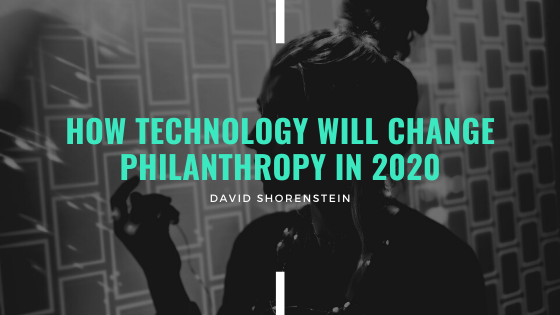The world of philanthropy tends to lag behind other economic sectors when it comes to adopting new technology. Philanthropy tends to be more courteous and old-school than in other fields. It’s all about relationships when it comes to giving, or at least it has been. As technology continues to change all areas of life, philanthropy is starting to be affected, too. Consider the rise in text-to-donate campaigns. Twenty years ago, few people would have imagined them.
Tech is making even more significant changes to philanthropy. It’s not just the ways that people give, although that continues to evolve. For example, some charities are starting to accept donations of cryptocurrencies like Bitcoin. However, it’s not just that. It’s also the way charities operate.
With the advent of big data, the people and organizations that give the most have started to get more analytical. They’re starting to measure progress more accurately and look at how much work is getting done. In addition to seeing problems more clearly, they’re also finding new ways to address them. One big trend is for increased collaboration in the world of giving. Charities are partnering with for-profit businesses to secure corporate donations and to make more headway in addressing social issues.
Another trend in philanthropy, related to collaboration, is increased transparency. To work together, organizations must share information and results. A hub-based model for charitable organizations is starting to take hold. Instead of trying to solve complicated issues solo, foundations and charities are realizing that it can take a village. Many groups are beginning to share information and work in concert with one another to make the most progress quickly. For example, some foundations have started to make a large donation to an “anchor” organization and make smaller donations to satellite organizations that address the same issue.
Finally, AI is becoming more prominent in philanthropy, just as it is in all sectors of the economy. Machine learning is helping charities to learn who gives, how, and why. It also helps them to understand how their messaging resonates with an audience, and how they can better reach people. For example, AI analysis of social media campaigns and how people interact with them has provided great insights to charities.

